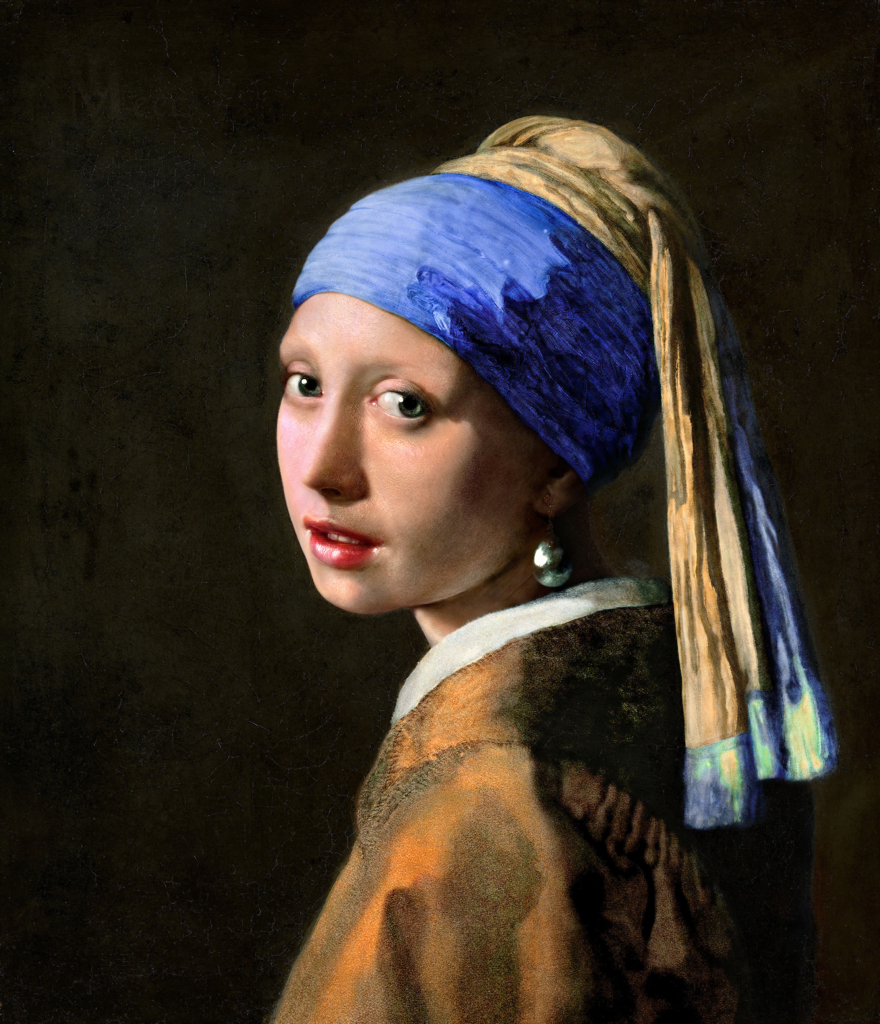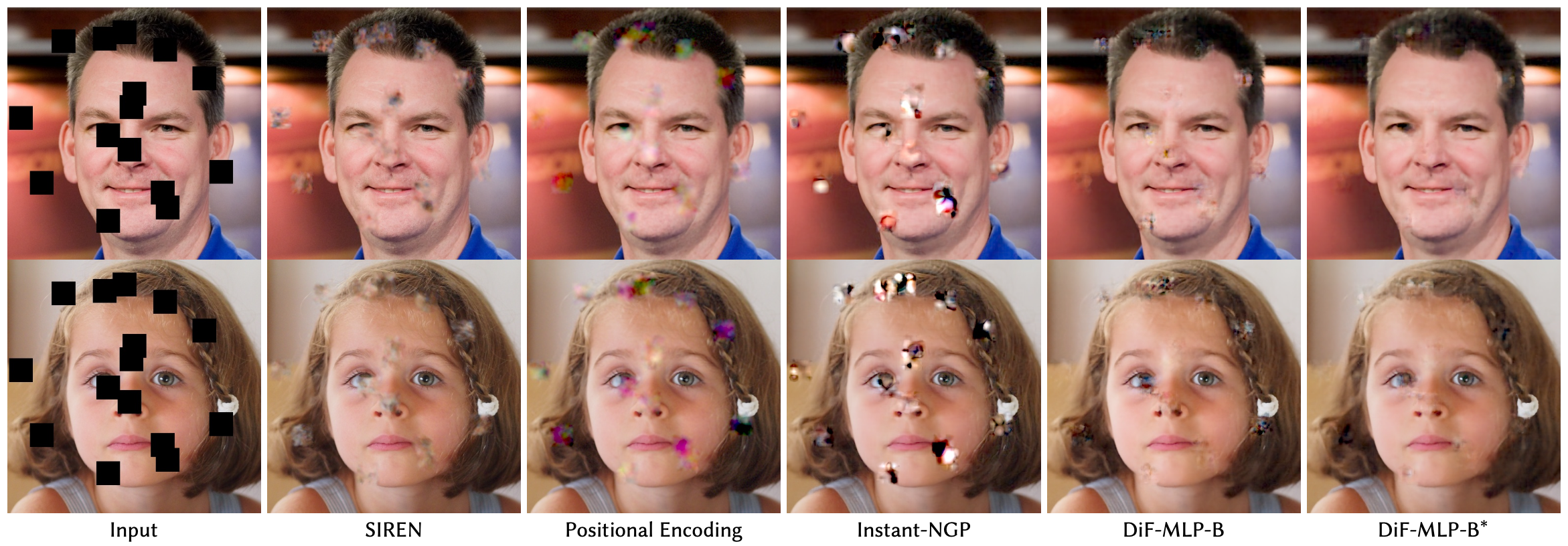This repository contains a pytorch implementation for the paper: Factor Fields: A Unified Framework for Neural Fields and Beyond and Dictionary Fields: Learning a Neural Basis Decomposition. Our work present a novel framework for modeling and representing signals,
we have also observed that Dictionary Fields offer benefits such as improved approximation quality, compactness, faster training speed, and the ability to generalize to unseen images and 3D scenes.
Install environment:
conda create -n FactorFields python=3.9
conda activate FactorFields
conda install -c "nvidia/label/cuda-11.7.1" cuda-toolkit
conda install pytorch==1.13.0 torchvision==0.14.0 torchaudio==0.13.0 pytorch-cuda=11.7 -c pytorch -c nvidia
pip install -r requirements.txt Optionally install tiny-cuda-nn, only needed if you want to run hash grid based representations.
conda install -c "nvidia/label/cuda-11.7.1" cuda-toolkit
pip install git+https://github.com/NVlabs/tiny-cuda-nn/#subdirectory=bindings/torchPlease ensure that you download the corresponding dataset and extract its contents into the data folder.
The training script can be found at scripts/2D_regression.ipynb, and the configuration file is located at configs/image.yaml.
The training script can be found at scripts/sdf_regression.ipynb, and the configuration file is located at configs/sdf.yaml.
The training script can be found at train_per_scene.py:
python train_per_scene.py configs/nerf.yaml defaults.expname=lego dataset.datadir=./data/nerf_synthetic/lego<img src="https://github.com/apchenstu/GIFs/blob/main/FactorField-mic.gif" alt="GIF" width="500px"
The training script can be found at 2D_set_regression.ipynb
python train_across_scene.py configs/nerf_set.yamlCommand explanation with a nerf example:
model.basis_dims=[4, 4, 4, 2, 2, 2]adjusts the number of levels and channels at each level, with a total of 6 levels and 18 channels.model.basis_resos=[32, 51, 70, 89, 108, 128]represents the resolution of the feature embeddings.model.freq_bands=[2.0, 3.2, 4.4, 5.6, 6.8, 8.0]indicates the frequency parameters applied at each level of the coordinate transformation function.model.coeff_typerepresents the coefficient field representations and can be one of the following: [none, x, grid, mlp, vec, cp, vm].model.basis_typerepresents the basis field representation and can be one of the following: [none, x, grid, mlp, vec, cp, vm, hash].model.basis_mappingrepresents the coordinate transformation and can be one of the following: [x, triangle, sawtooth, trigonometric]. Please note that if you want to use orthogonal projection, choose the cp or vm basis type, as they automatically utilize the orthogonal projection functions.model.total_paramscontrols the total model size. It is important to note that the model's size capability is determined by model.basis_resos and model.basis_dims. The total_params parameter mainly affects the capability of the coefficients.exportation.render_onlyyou can rendering item after training by setting this label to 1. Please also specify thedefaults.ckptlabel.exportation....you can specify whether to render the items of[render_test, render_train, render_path, export_mesh]after training by enable the corressponding label to 1.
Some pre-defined configurations (such as occNet, DVGO, nerf, iNGP, EG3D) can be found in README_FactorField.py.
- Summer Day - Credit goes to Johan Hendrik Weissenbruch and rijksmuseum.
- Mars - Credit goes to NASA.
- Albert - Credit goes to Orren Jack Turner.
- Girl With a Pearl Earring - Renovation copyright Koorosh Orooj (CC BY-SA 4.0).
If you find our code or paper helpful, please consider citing both of these papers:
@article{Chen2023factor,
title={Factor Fields: A Unified Framework for Neural Fields and Beyond},
author={Chen, Anpei and Xu, Zexiang and Wei, Xinyue and Tang, Siyu and Su, Hao and Geiger, Andreas},
journal={arXiv preprint arXiv:2302.01226},
year={2023}
}
@article{Chen2023SIGGRAPH,
title={{Dictionary Fields: Learning a Neural Basis Decomposition}},
author={Anpei, Chen and Zexiang, Xu and Xinyue, Wei and Siyu, Tang and Hao, Su and Andreas, Geiger},
booktitle={International Conference on Computer Graphics and Interactive Techniques (SIGGRAPH)},
year={2023}}



